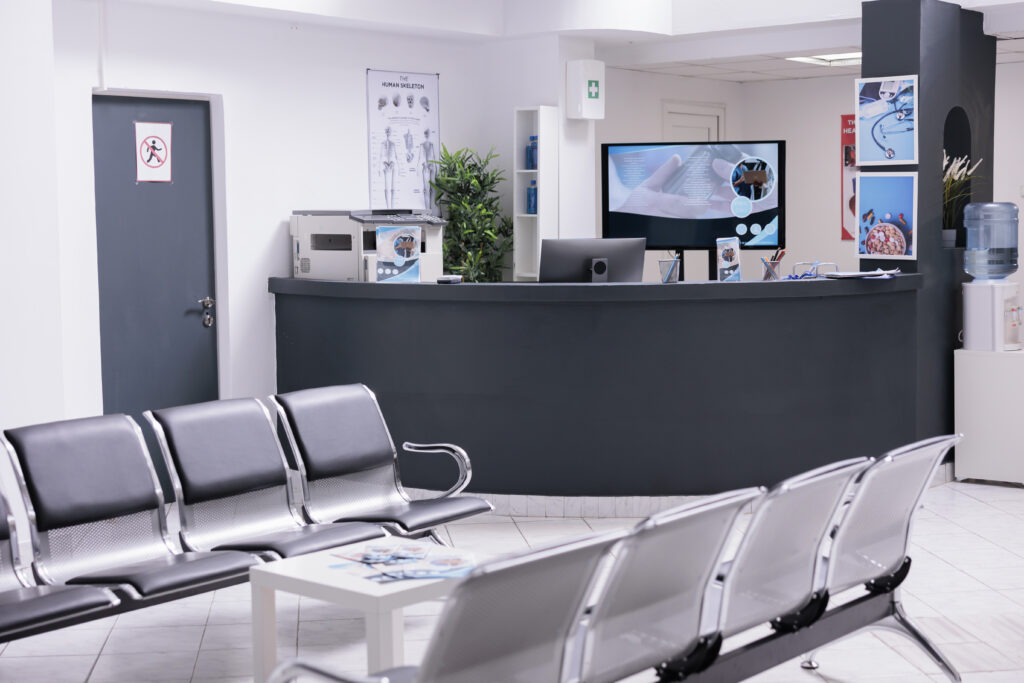Turkey’s reputation as a global leader in hair transplantation doesn’t rely solely on affordability—it is equally driven by the high clinical standards, technological innovation, and procedural precision found in its top-tier clinics. With many facilities meeting or exceeding European and North American quality benchmarks, patients traveling to Turkey often receive treatment in clinics certified by international healthcare bodies, equipped with advanced surgical tools and led by highly trained specialists.
1. International Accreditation and Clinical Standards
A growing number of Turkish hair transplant clinics have obtained prestigious international accreditations, such as:
- JCI (Joint Commission International)
- ISO 9001:2015 Quality Management Certification
- TÜRKAK (Turkish Accreditation Agency)
- THTC (Turkish Healthcare Travel Council) member status
These accreditations are not merely decorative—they signal adherence to:
- Rigorous hygiene and infection control protocols
- Standardized documentation and patient safety processes
- Staff training and credential verification
- Transparent pricing and ethical marketing
Source: JCI Accredited Organizations Directory (2024)
Source: ISO Global Register of Certified Companies
2. Advanced Technology: FUE, DHI, and Robotics
a. FUE (Follicular Unit Extraction)
This minimally invasive technique has become the global standard. Turkish clinics were early adopters and now perform FUE at a highly optimized level, often using:
- Sapphire-tipped blades for finer incisions
- Micromotor devices for efficient and uniform extraction
- Advanced imaging tools for scalp mapping and density planning
b. DHI (Direct Hair Implantation)
DHI uses special implanter pens to place grafts directly into the recipient area without creating separate incisions. This allows:
- Greater control over angle, direction, and depth
- Minimal trauma and faster healing
- More natural-looking hairlines, especially in the frontal region
Many clinics in Istanbul, Ankara, and Izmir now offer Sapphire DHI, which merges the precision of sapphire tools with the directness of DHI.
c. Robotic Hair Transplantation
Though still niche, some Turkish clinics have incorporated robotic systems like ARTAS®, which use AI-powered algorithms and mechanical arms to:
- Identify and extract optimal grafts
- Ensure uniform spacing and angling
- Reduce manual error and surgeon fatigue
Source: HairSite Journal – Robotics in Hair Restoration (2021)
3. Sterile Operating Conditions and Equipment
Leading clinics prioritize sterilization and procedural hygiene:
- Single-use surgical kits for each patient
- Sterile, positive-pressure operating rooms
- Daily UV sterilization and anti-microbial protocols
- Staff in full surgical attire with contactless equipment usage
Patients are also given protective aftercare kits, including antimicrobial shampoos, sterile gauze, and detailed recovery instructions.
4. Use of Digital Imaging and AI Support
Many clinics use digital imaging and AI-based tools to:
- Simulate expected results
- Plan density and design with higher precision
- Track hair growth progress over follow-up months
This technological integration enhances both pre-operative planning and post-operative evaluation—resulting in data-driven decisions for better outcomes.
5. Personalized Surgical Teams
Hair transplant clinics in Turkey don’t operate on an “assembly line” model. While they do treat large patient volumes, the best clinics assign a dedicated team to each patient:
- One senior surgeon oversees the design and extraction
- Experienced technicians assist in graft implantation
- Translators and patient coordinators ensure smooth communication
This team structure ensures consistency, comfort, and safety from start to finish.
6. Integration of PRP and Growth Factor Therapy
Post-transplant recovery is as important as the surgery itself. Most clinics now include PRP (Platelet-Rich Plasma) therapy to:
- Accelerate healing
- Nourish grafts
- Reduce shedding (shock loss)
- Improve density retention
Some also use growth factor serums or stem cell-supported solutions to stimulate dormant follicles.
Source: International Journal of Trichology – Role of PRP in Hair Regrowth, 2022
7. Multilingual, Patient-Centered Experience
The top clinics in Turkey are fully aware of the needs of international patients. That’s why most provide:
- Multilingual staff (English, Arabic, German, French, Russian)
- Private recovery rooms
- In-house translators and coordinators
- Personalized scheduling for consultations and check-ups
This patient-centric model reduces anxiety and increases satisfaction, especially for first-time travelers.
Conclusion
From world-class infrastructure and modern equipment to AI-assisted diagnostics and robotic surgery, Turkey’s top hair transplant clinics are on par with—and often exceed—the technological standards of Western counterparts. Their consistent investment in innovation, accreditation, and patient experience explains why the country is not just a popular choice, but a global benchmark in hair restoration excellence.


